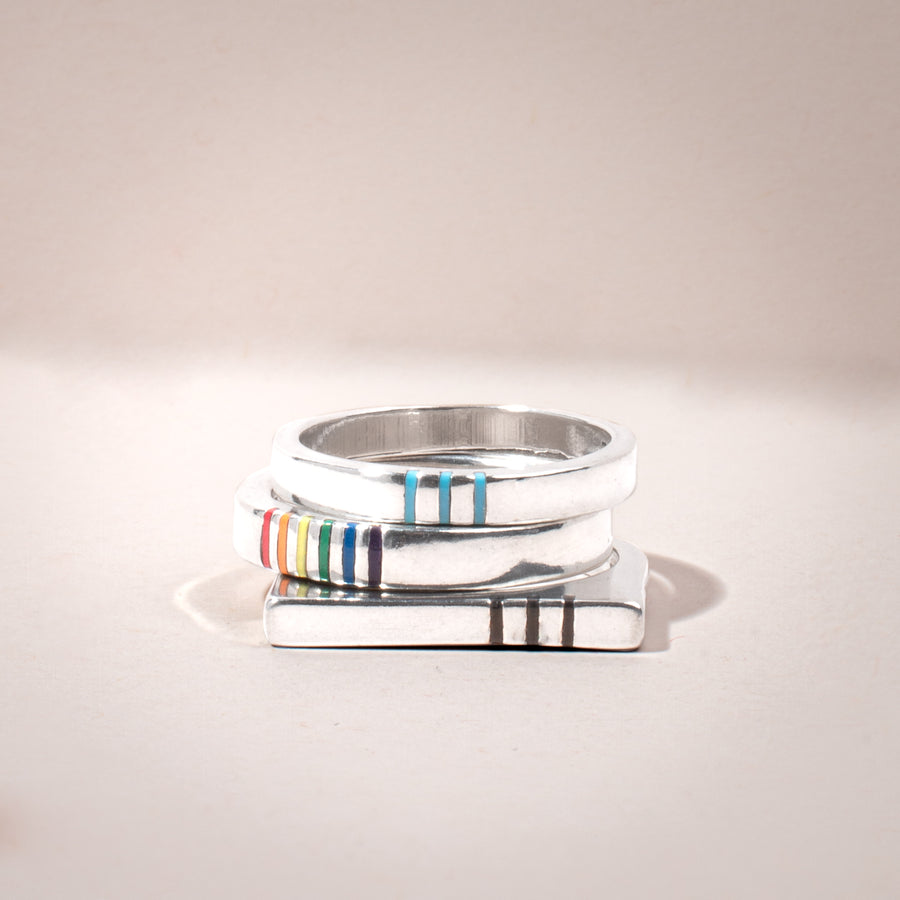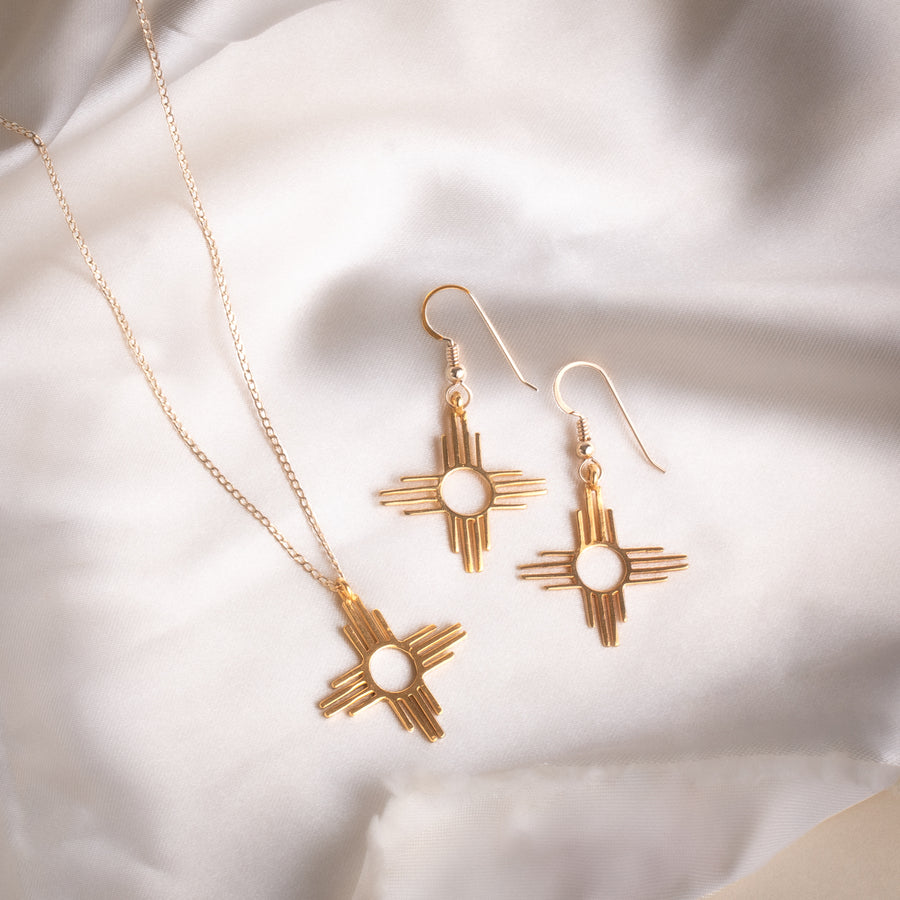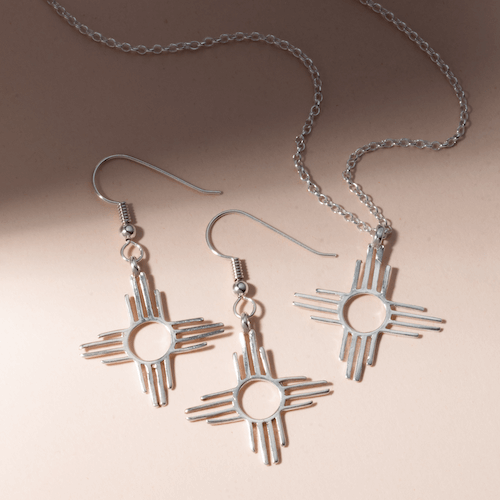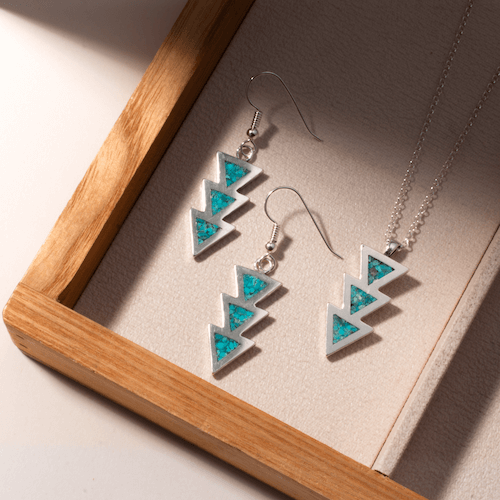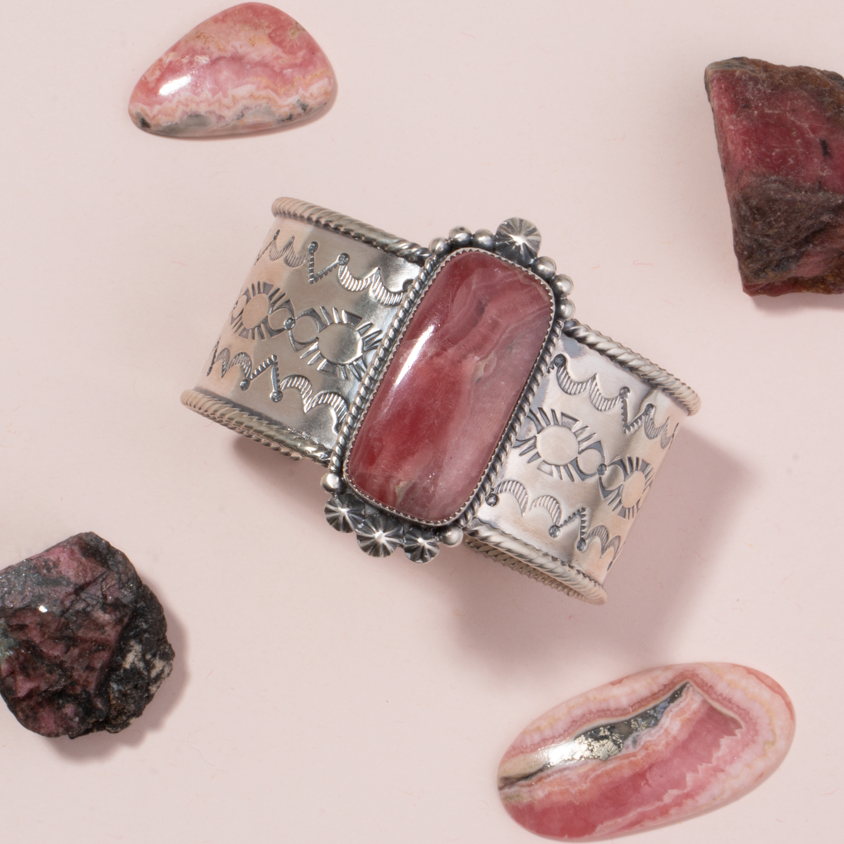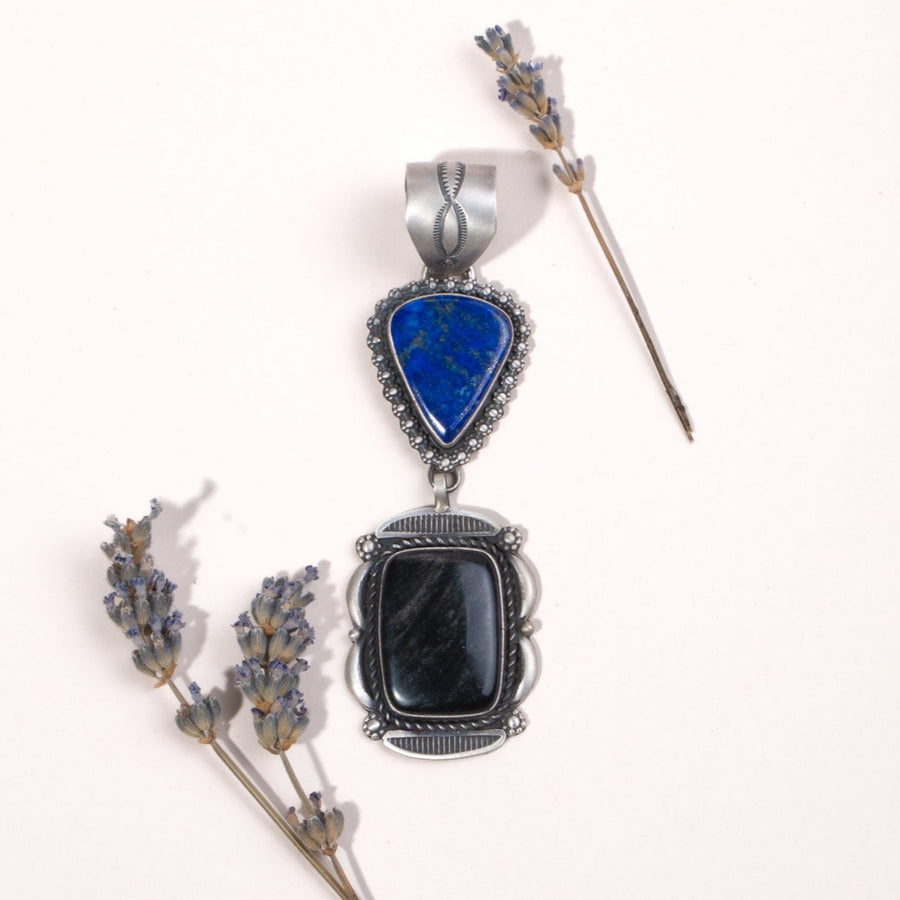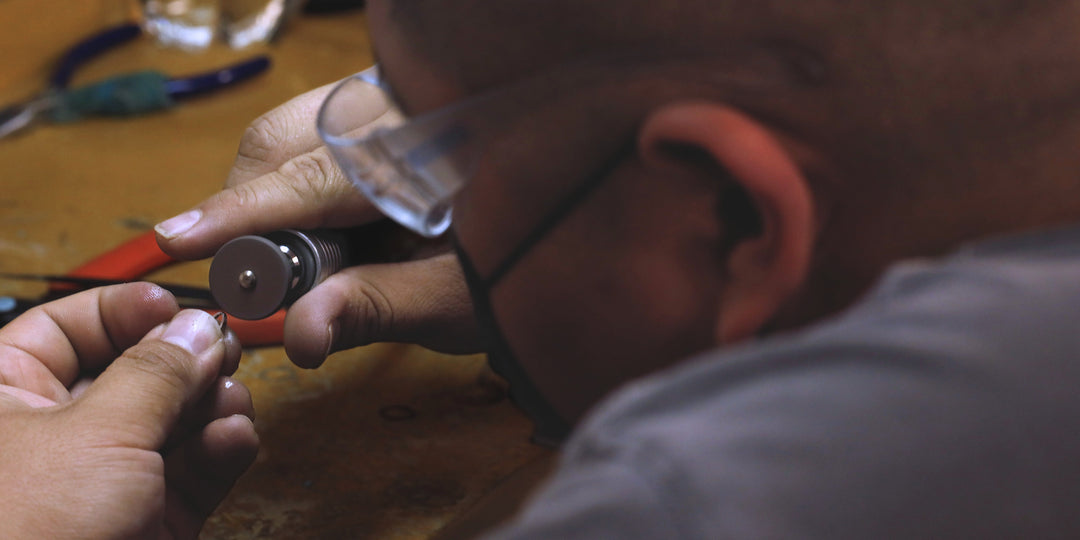The Turquoise Look: Color and Pattern
The peoples of the Zuni Pueblo saw health and longevity in the beauty of Turquoise. They called it “łi’anna łi’akwa,” which translates loosely to “stone of sky” (“a’bo’yanne”) or “stone of water” (“k’yawe”).N1 Throughout the southwestern United States and Mesoamerica Native Americans treasure turquoise and associate its color, like that of the sacred sky and water, with good fortune and protection.
Today everyone recognizes turquoise. Solid “robin-egg blue” once set the standard on the turquoise market, but “łi’anna łi’akwa,” adorns the world’s arid regions with many color variants and patterns. Pure turquoise varies from blue-green and green-blue through green, and turquoise prospectors have unearthed veins of avocado, lime-green, yellow, and whitish blue. In addition to the mineral’s beautiful colors, one finds turquoise distinctly patterned inclusions that add another dimension to the appearance of natural turquoise.

To understand these manifestations, it helps to understand how Mother Earth fashions her sky-colored stones. As it turns out, the Zuni vision of the “stone of sky” and “stone of water,” really does provide a good starting point because rainwater falling from the sky brings the process to life. Once rainwater reaches the earth, it infiltrates soil and rocks, dissolving copper in the process. Turquoise, a secondary mineral (derived from existing minerals), originates from this copper.
The copper laden water percolates into crevices, cavities, fractures, and fissures of host rock. Once the water evaporates, the copper precipitates out as hydrous phosphate of copper and aluminum, forming a solid deposit. As the precipitate binds to the fracture surfaces, it may fill the entire cavity or replace existing matrix. To imagine the process, think of a gelatin poke cake; the gelatin seeps into the pores and cavities in the cake, filling them and solidifying, to form masses of gelatin in a cake matrix.
Depending upon the availability of different elements, the turquoise precipitate may contain varying proportions of copper, aluminum, and phosphorous. These variations result in many of the different tones within the turquoise itself. A high concentration of copper in the turquoise mix, for example, produces a blue gem. Material higher in aluminum can result in a dark green. High iron concentration produces a greener toned turquoise. Iron, when present, can substitute aluminum, and the intensity of the green color is proportional to the iron content. Another metal, zinc, when present in turquoise, yields yellow-green to yellow colors.G2
Aside from the concentration of minerals in a particular sample of turquoise, inclusions, or bits and pieces of non-turquoise host rock bound by the turquoise, may also generate variation in the appearance of a turquoise piece. Pure turquoise, formed when the mineral completely fills a cavity or replaces rock, has a solid, uniform appearance. Inclusions express themselves as black or brown “spider-webbing,” mottling, or flecking within the turquoise mineral. The matrix plays an important role in the overall appearance of the finished turquoise piece.

Sleeping Beauty Turquoise (left) Lone Mountain Turquoise (right)
Just as pure mineral turquoise coloring varies with the mineral content, so does the coloring and appearance of matrix materials. Black matrix may contain iron pyrite, called “fool’s gold,” when found as stones or pebbles. Another iron-rich material, iron oxide belongs to a group of minerals that includes magnetite and rust. When iron oxide occurs in matrix rock, it produces a brown color. Yellow in the matrix material can result from the presence of rhyolite, a fine-grained, silica-rich rock.G3
Some turquoise mining sites produce consistently colored and patterned material. For example, the Sleeping Beauty Mine, in Arizona, in the United States, consistently produces material with a solid light blue color. Meanwhile, the Apache Blue Mine, also in Arizona, produces rich, dark blue turquoise, spider-webbed with a silicate rich, black matrix. Even so, determination of the origin of a piece by its color alone can be very difficult without chain-of-custody documentation.
Gem grade blue stone once brought the highest price to turquoise traders. However, creative gem and stone crafters with improved technology have brought all sorts of turquoise to the jewelry collector’s table. Today one may find pure, gem-quality material right next to matrix-rich, turquoise-poor stones. Many buyers actually prefer the “impure” materials with such inclusions, and many Native American artists have mastered the use of many of these inclusion-rich materials.
Finally, beyond the hands of nature, turquoise processors may also play a role in the final appearance of a turquoise piece. Jewelers may apply chemicals to modify or enhance the colors. Consumers likewise modify, often unintentionally, the color of their turquoise through contact with chemicals and even body oil. Be sure to ask your jeweler about the processes used to provide the turquoise finish, before making a final buying decision.

Green Enhanced Kingman Turquoise
Today, more than ever, turquoise’s value is in the eye of the beholder. Turquoise prices vary not only on the quality of the mineral, as a gem, but also on the matrix characteristics, the gem-cutter’s skill and reputation, the jeweler’s skill in selecting and setting the pieces in findings, the quality of the findings, and changing consumer tastes. Most of all, always remember that the turquoise you like is the most valuable.
